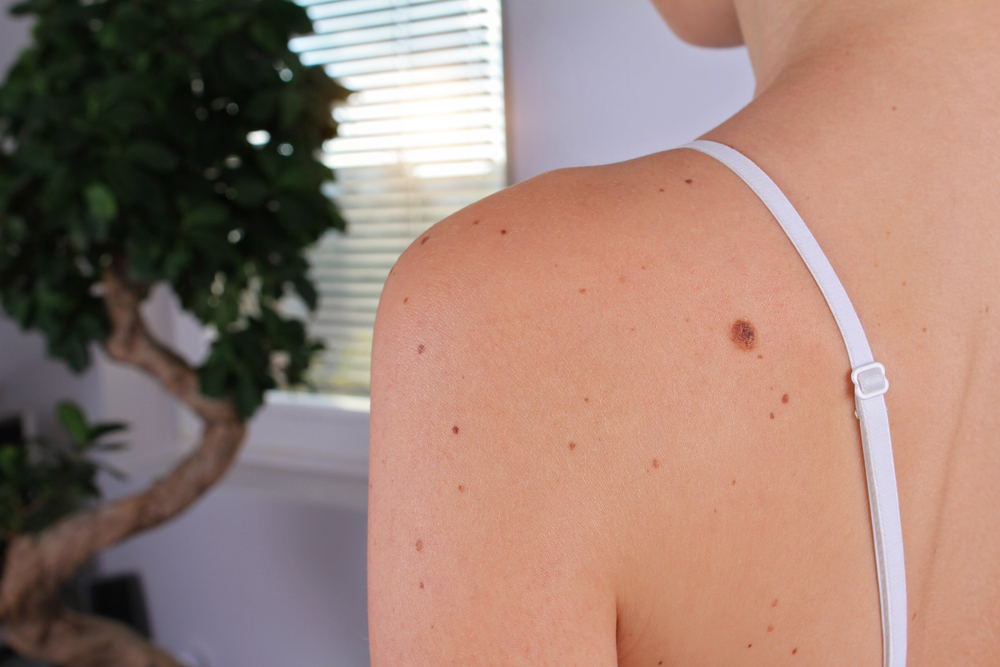Consulting the internet as you makeshift physician is never a good idea, and that includes information about skin tag removal. Google’s great, but search results for skin tags churn out some seriously dubious DIY advice (including one that involves cutting off your blood flow with dental floss).
We understand where they may be coming from – skin tags are harmless, so we can easily remove them ourselves, right?
Well, DIY skin tag removal isn’t so wise. It may be a simple snip, but it should be left to the pros.
What is a skin tag?

“Skin tags are composed of skin that forms on a stalk,” explains Ava Shamban, MD, a dermatologist based in Beverly Hills.
They commonly sprout up along the neckline, under breasts, and near armpits. Skin tags are mostly harmless, though they can become irritated when rubbing against clothing or jewelry.
What’s the best way to remove a skin tag?
Common home remedies for skin tags include applying cotton soaked with iodine, tea tree oil, or apple cider vinegar. Dermatologist Jessica Wu, MD, says these won’t work. Similarly, over-the-counter removal creams and kits make dermatologists wary, too.
“I don’t recommend using a tag removal cream. I’ve seen horrible, discolored scarring and open wounds develop as a result,” Dr. Wu says. “An at-home liquid nitrogen freezing kit may help if the skin tags are small. But be careful and use them sparingly — freezing can leave marks on those with deeper skin tones.”
Related: Why You Get Skin Tags
So what is the best way to get rid of skin tags? Speak to your dermatologist for their insights.
“If skin tags are narrow and tiny, I clip them off with sterile surgical scissors, which are very sharp and fine so they don’t traumatize the skin,” Dr. Wu says. “If they are larger and/or wide, I might use an electrical needle to zap the surface. This is less likely to scar if a patient has a deeper skin tone or if the tag is darker.”
Based on that, you may be tempted to take your kitchen scissors and remove the tag yourself. But as Dr. Wu notes, “You’re taking your chances. Every so often a patient comes in with an infection or bleeding that won’t stop.”
Photo Credit: Albina Glisic/Shutterstock.com











